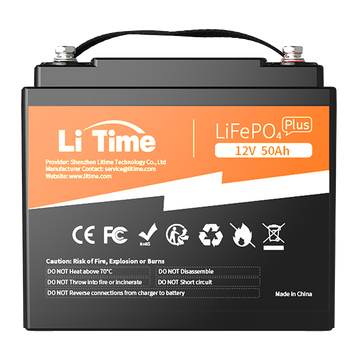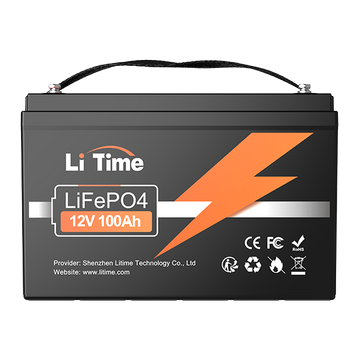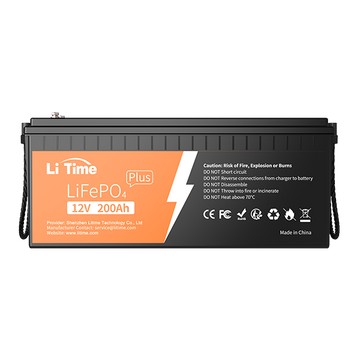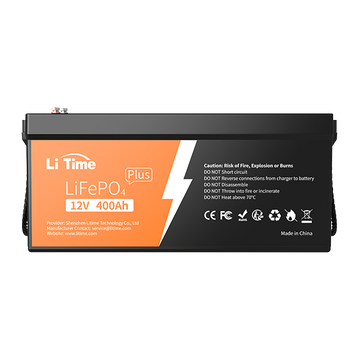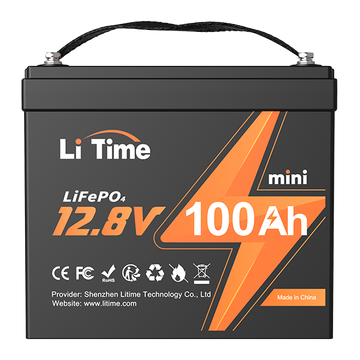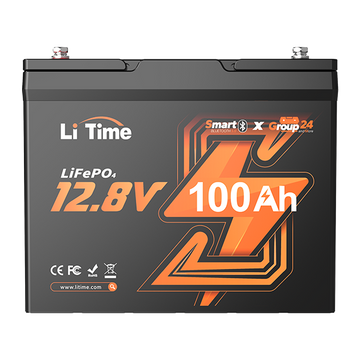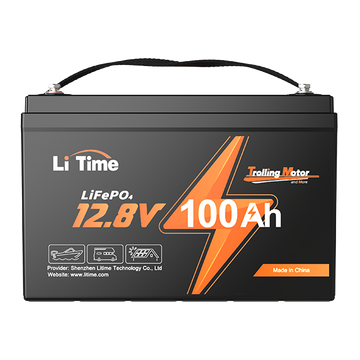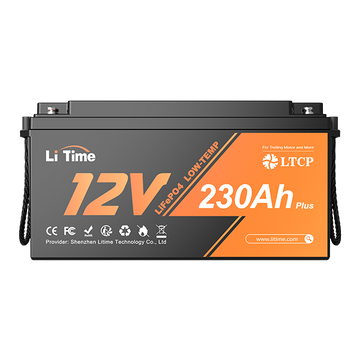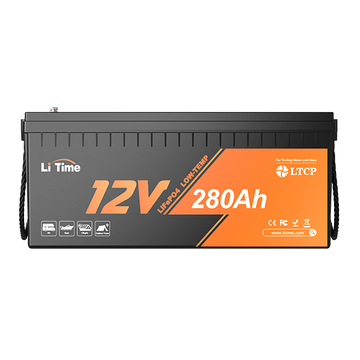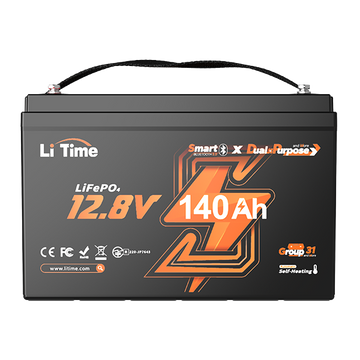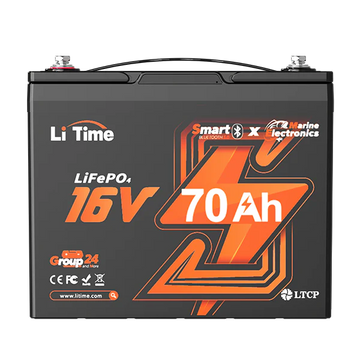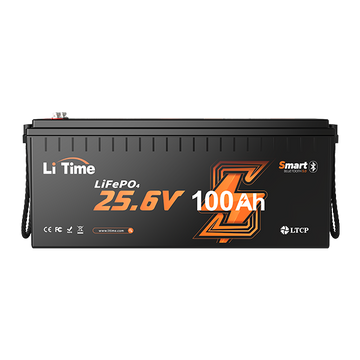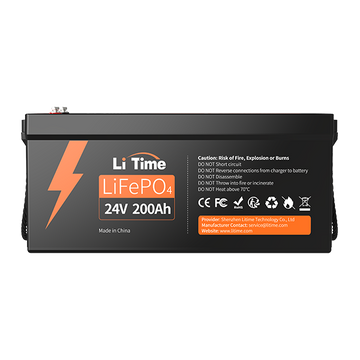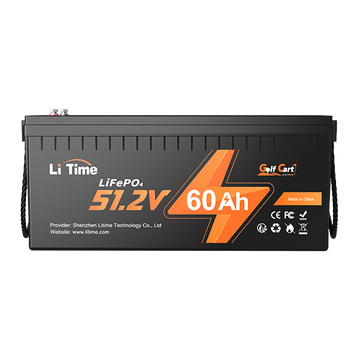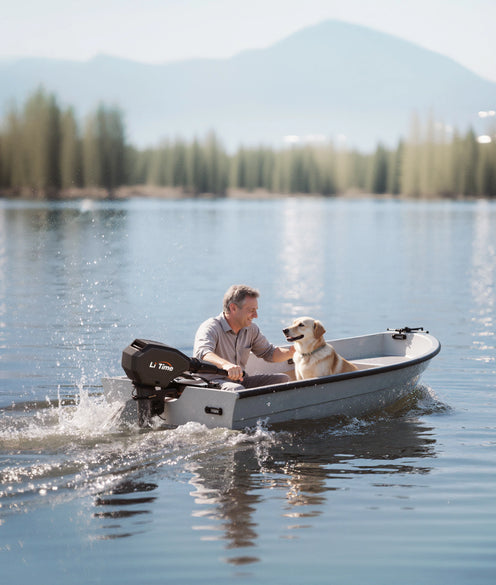As a ham radio operator based in Australia and the creator behind the Ham Radio DX YouTube channel, I spend countless hours in the field activating Parks on the Air (POTA), experimenting with portable microwave radio, and engaging in field day operations. For those of us who operate off-grid, having a reliable, lightweight, and long-lasting battery is not a luxury—it’s an absolute necessity.
In this post, I want to share how switching to the LiTime 12V LiFePO₄ lithium battery completely transformed my portable radio operations.

💡 My Struggles with SLA Batteries for Ham Radio
Before discovering LiFePO₄ technology, I relied on sealed lead-acid (SLA) batteries. While functional, they were a constant source of frustration:
⚠️ Weight and Bulk
SLA batteries are too heavy and bulky for field use. Carrying multiple batteries alongside HF radios, tripods, laptops, and antennas for a POTA activation was back-breaking. Their size and weight often dictated what gear I could take and how far I was willing to hike.
⚠️ Storage Problems
SLA batteries degrade quickly in storage, especially during long winter months when field activities slow down. Even fully charged batteries often died or lost capacity over time, causing delays and stress during activation prep.
✅ Discovering the LiTime LiFePO₄ Battery Advantage
🔋 Lightweight Power for Portable Radio Use
When I first heard about LiTime LiFePO₄ batteries, I was skeptical. Could a lighter battery really outperform SLA? The answer: yes—by a long shot.
-
The LiTime 12V lithium battery is dramatically lighter, which allows me to bring more gear or hike further without sacrificing performance.
-
I can now carry double the usable capacity at half the weight, a massive advantage for portable ham radio field days.
🔌 Outstanding Performance Under Load
My radio kits include:
-
HF rigs with 100W output
-
Portable VHF/UHF & microwave systems
-
Laptops for FT8 and digital modes
-
GPS units and accessories

These setups require stable, high-current power—and that’s exactly what LiTime provides. Unlike SLA, which struggles under heavy load, the LiTime battery maintains a stable voltage, even during long transmissions.
💤 Excellent Storage Performance
After POTA season ends, I store the battery in my shack or garage. Months later, I reconnect it, and it still holds a strong charge—no need to replace or recondition. This level of reliability simply isn’t possible with SLA batteries.
⚙️ My Field Setup: Powered by LiTime LiFePO₄
In the field, setup is everything. I usually spend 30–45 minutes setting up antennas, tuning gear, and preparing for operation. Thanks to the LiTime 12V LiFePO₄ battery:
-
I can run all-day activations without worrying about power.
-
I no longer have to reduce transmit power or bring backup batteries.
-
Power anxiety is completely eliminated.
Whether I’m on a remote mountaintop, deep in a national park, or at an emergency comms event, the LiTime battery powers every aspect of my portable ham radio station.

🔒 Built-In Safety = Peace of Mind
LiTime batteries feature a built-in Battery Management System (BMS) that:
-
Prevents overcharging and over-discharging
-
Protects against overcurrent
-
Handles extreme temperatures
This makes the LiTime LiFePO₄ battery ideal for hot summer activations in the field, without worrying about thermal damage or charging complications.
🏁 Final Verdict: The Best Battery for Serious Ham Radio Operators
Switching from SLA to LiTime lithium batteries has been a game-changer for my ham radio hobby. I now plan field operations based on what I want to do—not based on battery limitations or how much weight I can carry.
🎯 Who Should Use LiTime Batteries?
-
Operators activating POTA, SOTA, or Field Day
-
Emergency communications teams
-
Off-grid hobbyists and portable operators
-
Anyone tired of the weight and unreliability of SLA
🎥 Watch My Full Setup on YouTube:
Ham Radio DX - LiTime Battery Review & Field Use
👇 Ready to Upgrade Your Power Setup?
Check out the LiTime 12V 50Ah LiFePO₄ Battery — the battery that changed how I operate in the field.
Have questions about ham radio battery systems? Drop a comment below or message me on YouTube—I’m always happy to help other hams find the right gear!
